Things to do in Granada include visiting historical sites and exploring cultural traditions in southern Spain’s Andalusia region. Granada, located at the foot of the Sierra Nevada mountains, boasts a rich architectural heritage. The Alhambra, a UNESCO World Heritage Site, draws attention for its detailed Islamic design and historical significance. The city also reflects Christian and Renaissance influences across its monuments and buildings. Granada offers a mix of history, regional cuisine, and artisan crafts, attracting visitors interested in Spain’s layered cultural identity.
Explore The Top 10 Things To Do In Granada
This list highlights some of the best things to do in Granada. Explore iconic landmarks, cultural spots, and immersive local experiences.
1. Discover Modern Street Art
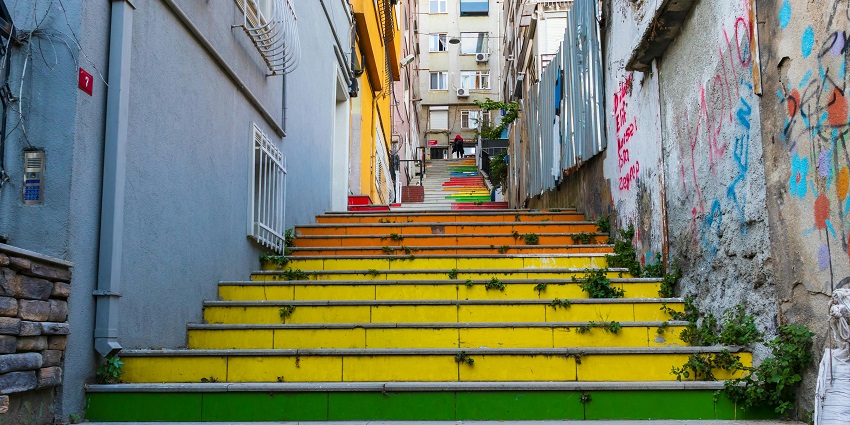
Photo: Eziz Charyyev / Pexels / Image For Representation Only
Granada offers a fresh look at urban creativity through murals tucked into its older neighbourhoods, such as Realejo. Artists have transformed aged facades into visual narratives addressing identity, community, and politics. This evolving display bridges past and present through expressive design. Works by “El Niño de las Pinturas” often draw visitors seeking something beyond monuments. Street art tours delve into individual pieces and their creators’ motivations. These alleyways provide meaningful insight into how Granada’s contemporary culture coexists with traditional structures from previous centuries.
Major Attractions: Murals by local artists
Entry Fee: Free
Location: Realejo district
2. See The Resting Place Of Royalty
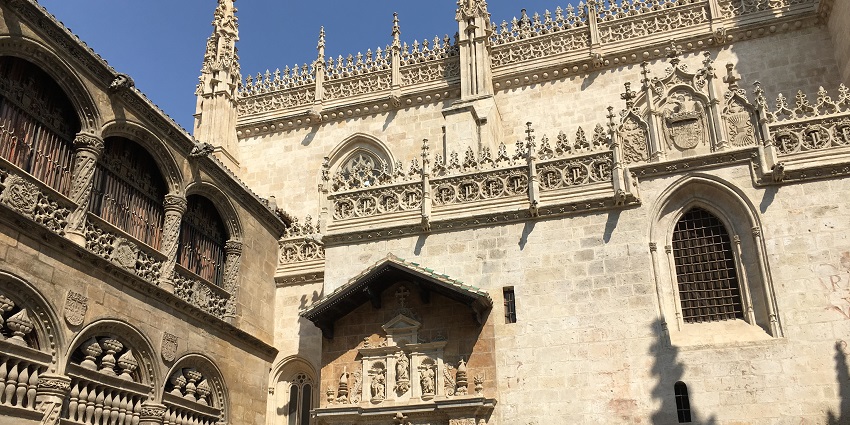
Photo: Heparina1985 / Wikimedia Commons
The Capilla Real preserves Spain’s royal history through its architecture and contents. This 16th-century chapel holds the tombs of Ferdinand and Isabella, key figures in the unification of Spain. Beyond the carved Carrara marble tombs, the structure presents Gothic details and artworks once owned by the monarchs. A separate museum space houses personal items and documents. Visitors can follow the storyline through multilingual signage or audio guides. It offers an informative exploration of political and religious change during one of Spain’s most defining periods.
Major Attractions: Royal tombs, Gothic architecture, art collection
Timings: 10 AM – 6:30 PM
Location: Calle Oficios, Granada
3. Learn About The Inquisition At The Palacio de los Olvidados
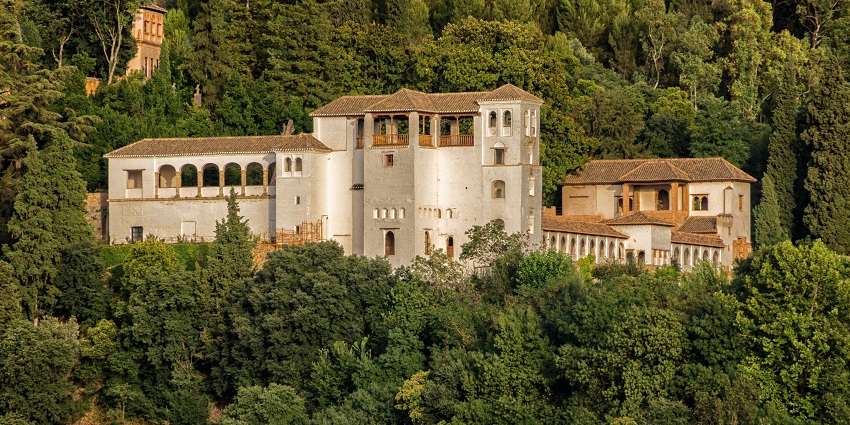
Photo: Anonymous / pxhere / Image For Representation Only
Located near key sites, the Palacio de los Olvidados offers a deeper look at historical events often overlooked. Its exhibits on the Spanish Inquisition include preserved artifacts, written testimonies, and multimedia displays that help explain religious intolerance and its long-term effects. Visitors explore methods used to enforce conformity and how minority communities suffered as a result. The museum offers social and political context, presenting the Inquisition not as isolated cruelty but as a structured system of control. It’s an informative stop for history-focused travellers.
Major Attractions: Inquisition exhibits, cultural history
Timings: 11 AM – 7 PM
Location: Cuesta de Santa Ines
4. Stroll Through The Gardens Of The Generalife
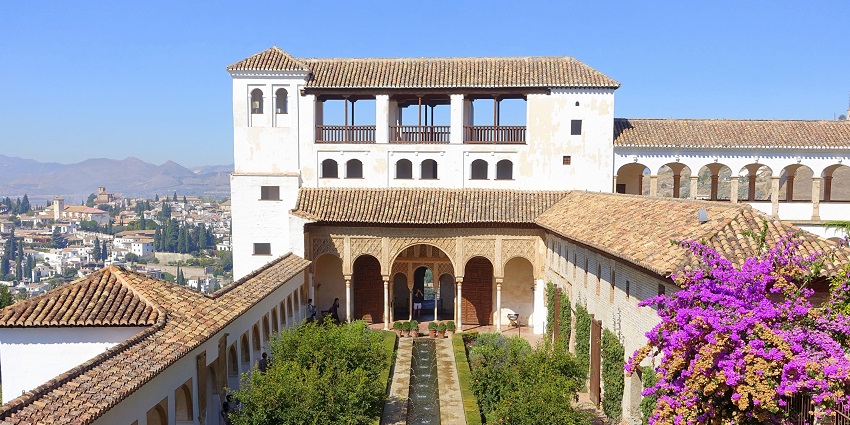
Photo: Daderot / Wikimedia Commons / Image For Representation Only
The Generalife, once a retreat for Nasrid rulers, is now appreciated for its design and greenery. Part of the Alhambra complex, the gardens present carefully arranged floral beds, reflecting pools, and shaded walkways that follow principles of Islamic design. Designers created these outdoor spaces for comfort and visual order. One of the best things to do in Granada is to explore this site for its historical and botanical importance. The experience combines natural elements with architectural planning, offering a structured perspective on leisure in the past.
Major Attractions: Flower beds, Moorish water features, palace views
Timings: 8:30 AM – 8 PM
Location: Alhambra Complex
5. Enjoy Amazing Sights From The Mirador De San Nicolas
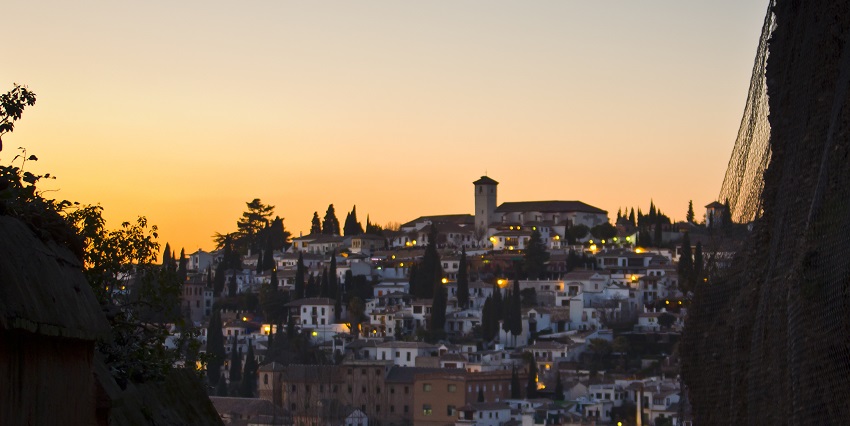
Photo: Clickpenfoto / Wikimedia Commons
The Mirador de San Nicolás provides wide, uninterrupted views of the Alhambra with the Sierra Nevada in the distance. The Albaicín district’s Mirador de San Nicolás draws both locals and visitors during sunset hours. With artists selling paintings and musicians performing traditional tunes, this location becomes more than a lookout—it’s a place for informal gathering. As one of the most striking things to see in Granada, it allows for reflection and photo opportunities while presenting the surrounding area’s layered architectural features.
Major Attractions: View of Alhambra, Sierra Nevada backdrop
Entry Fee: Free
Location: Albaicín district
6. Observe The Mix Of Designs In Mudejar Architecture
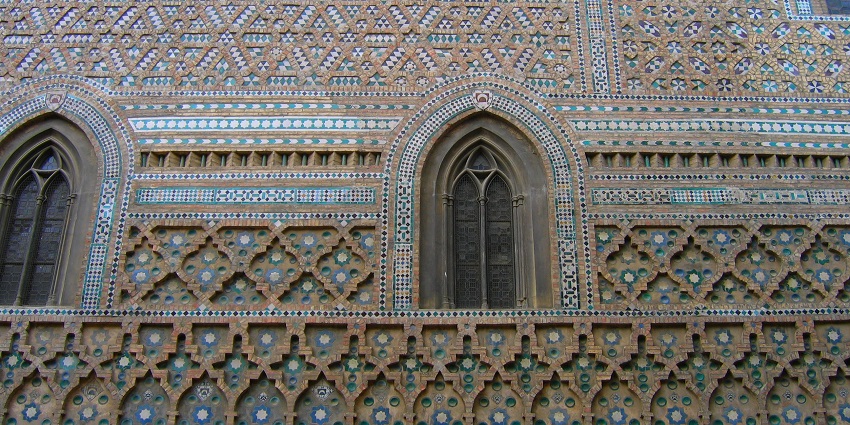
Photo: Hugo Soria / Wikimedia Commons
Mudéjar architecture is a significant result of cultural interaction during the post-Reconquista period. Structures such as the Church of San Gil y Santa Ana demonstrate this by integrating Islamic motifs into Christian religious buildings. From interlaced woodwork to decorative tile mosaics, each detail points to shared craftsmanship rather than opposition. Exploring these sites presents an educational perspective on the blend of visual traditions. It remains one of the most historically layered things to see in Granada, especially for those curious about architectural adaptation and stylistic continuity.
Major Attractions: Mudéjar churches, tile work, wooden ceilings
Entry Fee: Varies; many churches accept donations
Location: City center and nearby quarters
7. Experience Local Flavors On A Tapas Bar Tour
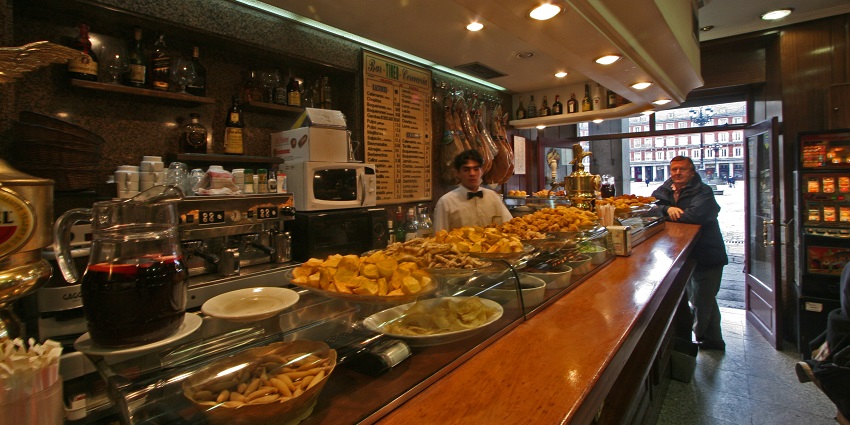
Photo: Brian Snelson / Wikimedia Commons / Image For Representation Only
Granada’s tapas scene reflects regional habits that prioritise social connection through food. Many bars offer complimentary tapas with each drink, giving visitors a chance to try multiple local dishes affordably. A guided tour enhances this by including stops at venues known for specific specialties, such as cured meats or regional cheeses. Conversations with owners or chefs sometimes accompany tastings, enriching the cultural value. These outings provide a culinary introduction to Granada’s informal eating culture, suited for travellers who prefer food as a gateway to local habits.
Major Attractions: Free tapas with drinks, guided tasting sessions
Timings: Late afternoon to evening
Location: Various bars in central Granada
8. Watch A Flamenco Show Inside A Cave In Sacromonte
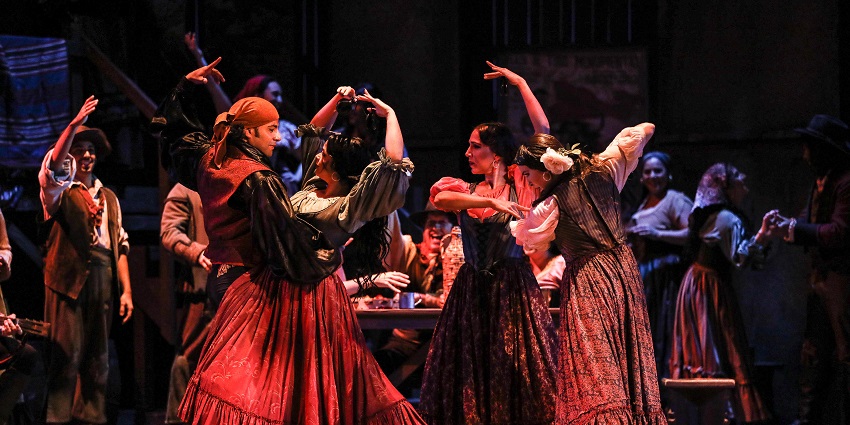
Photo: Florida Grand Opera / Wikimedia Commons
Flamenco shows in Sacromonte go beyond entertainment by offering cultural immersion. Performed in whitewashed caves, these events are intimate, with limited seating that keeps the focus on rhythm, emotion, and storytelling. Most shows feature dancers, singers, and guitarists trained in traditional Romani styles. Audiences learn about regional influences while witnessing expressive performances. These venues also highlight how geography influenced local traditions. Advanced reservations are often necessary. For anyone seeking direct cultural engagement, this offers more than a performance—it’s a meaningful introduction to Granada’s artistic identity.
Major Attractions: Live music, traditional dance, cave settings
Timings: Evening shows from 9 PM onwards
Location: Camino del Sacromonte
9. Admire The Architectural Brilliance Of The Alhambra
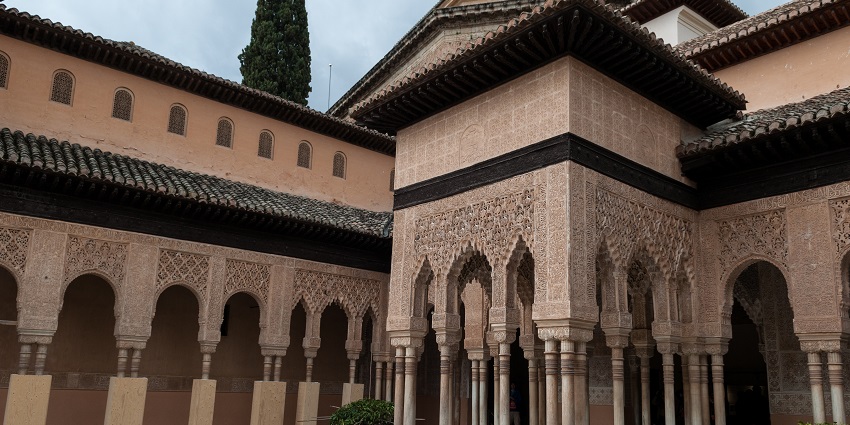
Photo: Michal Osmenda / Wikimedia Commons
A visit to the Alhambra offers an in-depth view of Islamic architecture in Spain, with elements carefully designed to reflect symmetry and religious symbolism. Its palaces, walls, and courtyards serve as detailed examples of Nasrid craftsmanship, including stucco work, Arabic calligraphy, and geometric designs. Knowing what to do in Granada should begin with this site, as it connects political, artistic, and cultural narratives. Whether you’re observing the Court of the Lions or walking through Alcazaba’s towers, each section contributes to a broader understanding of Granada’s legacy.
Major Attractions: Nasrid Palaces, Alcazaba, Court of the Lions
Timings: 8:30 AM – 8 PM
Location: East Granada, near the Darro River
10. Discover The Moorish Heritage Within The Alhambra Complex
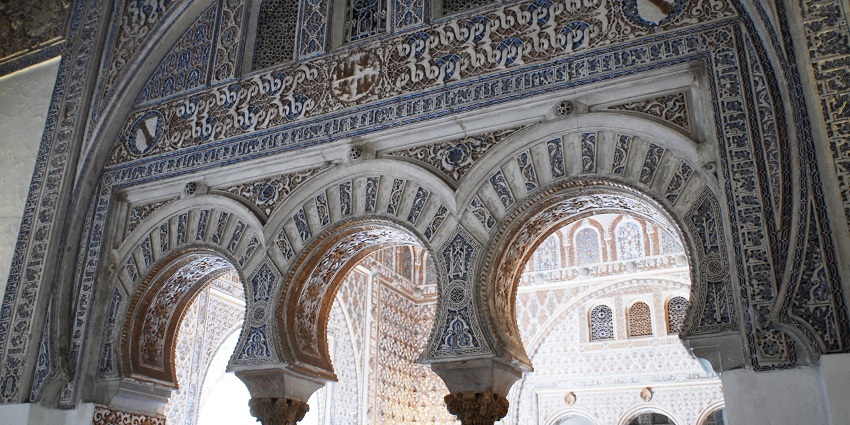
Photo: Mstyslav Chernov / Wikimedia Commons
Beyond the main palaces, lesser-visited sections of the Alhambra complex help complete the narrative of Granada’s Islamic period. Visitors often find the Hammam remains, defensive watchtowers, and outer walls more accessible for quiet reflection. These parts’ construction details show how people used the space for various social functions. Exploring these areas offers additional clarity on how design principles guided both daily life and strategic needs. These often-overlooked components reinforce the complex’s role as more than a royal residence.
Major Attractions: Hammam ruins, watchtowers, walls
Timings: 8:30 AM – 8 PM
Location: Alhambra Complex
There are plenty of things to do in Granada that offer cultural depth, architectural insights, and culinary experiences. The city invites visitors to learn through its streets, courtyards, and local markets, each reflecting layers of cultural influence. Historical buildings and artistic heritage add depth to every corner, allowing for meaningful exploration. Travellers with an interest in local customs will find Granada both engaging and educational. Let TripXL help you plan efficiently so that you experience the essence of Granada with expert support throughout your journey.
Cover Photo: M. Kreuschitz / Wikimedia Commons


 WhatsApp
WhatsApp
 Twitter
Twitter









